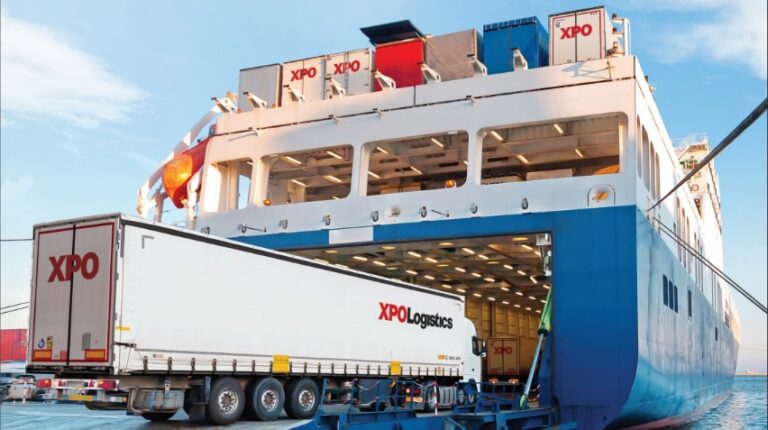To meet growing demand for its cross-border logistics services between Europe and North Africa, XPO Logistics has invested in 60 new container trailers specially designed to facilitate the intermodal transportation of 6m, 12m and 15m units and reduce environmental impact.
The new fleet is equipped with GPS geolocation systems, ensuring real-time tracking of goods. These container trailers allow a 50% increase in transportation capacity, with over 6,000 additional movements expected per year.
The company has also implemented new strategic routes connecting the Port of Tangier in Morocco with Algeciras and Motril in Spain, facilitating more efficient and sustainable operations.
Since starting operations in Morocco in 2011, XPO Logistics has steadily strengthened its regional presence. The company tripled its revenue in Morocco in the last six years and exceeded 30,000 shipments between Europe and North Africa by 2024.
According to the company, the current investment strengthens its value proposition as a specialized service provider for key sectors such as automotive, industrial construction and retail, among others. XPO already operates with duo trailers on the Strait of Gibraltar route, with a monthly volume of 400 crossings.
Massimo Marsili, managing director for Southern Europe and Morocco at XPO Logistics, commented, “The expansion of our operations in Morocco – with more than 30,000 shipments as of 2024 and new investments – reflects our commitment to increasingly efficient, innovative and sustainable cross-border logistics. Morocco is a strategic market experiencing rapid expansion, and we want to lead that development with solutions that are agile, scalable, efficient and focused on the practical needs of our customers.”
As part of its investment strategy, XPO Logistics expects that between 35% and 40% of its crossings between Europe and Morocco will be made through the Port of Motril by 2025, consolidating this connection as a strategic pillar of its international operations. This new line also represents an estimated 10% reduction in CO2 emissions.


